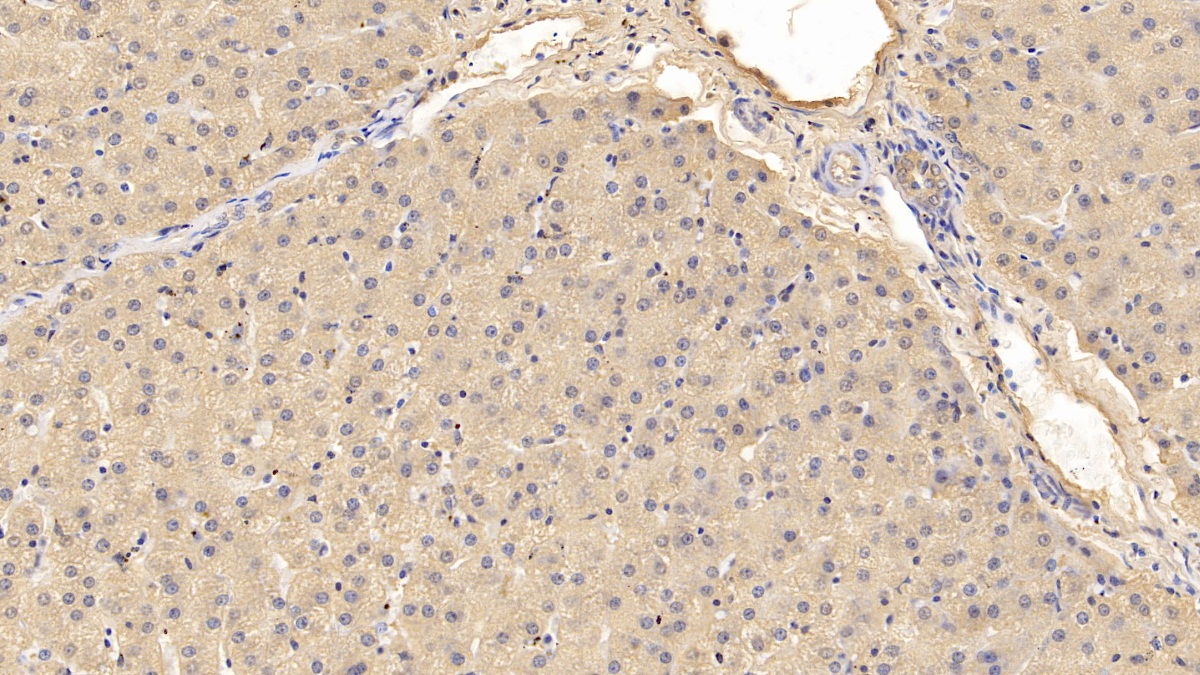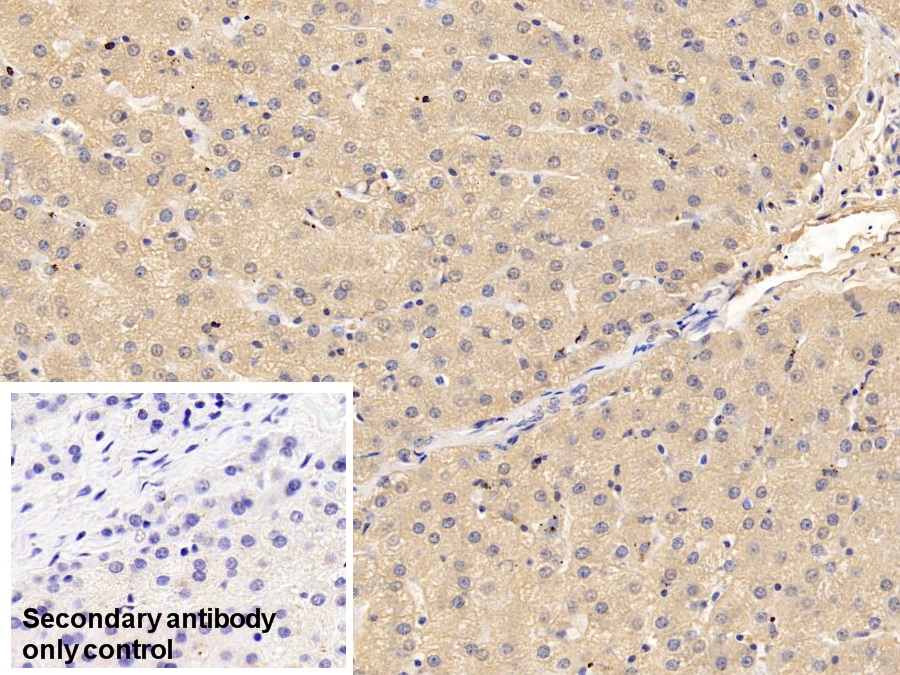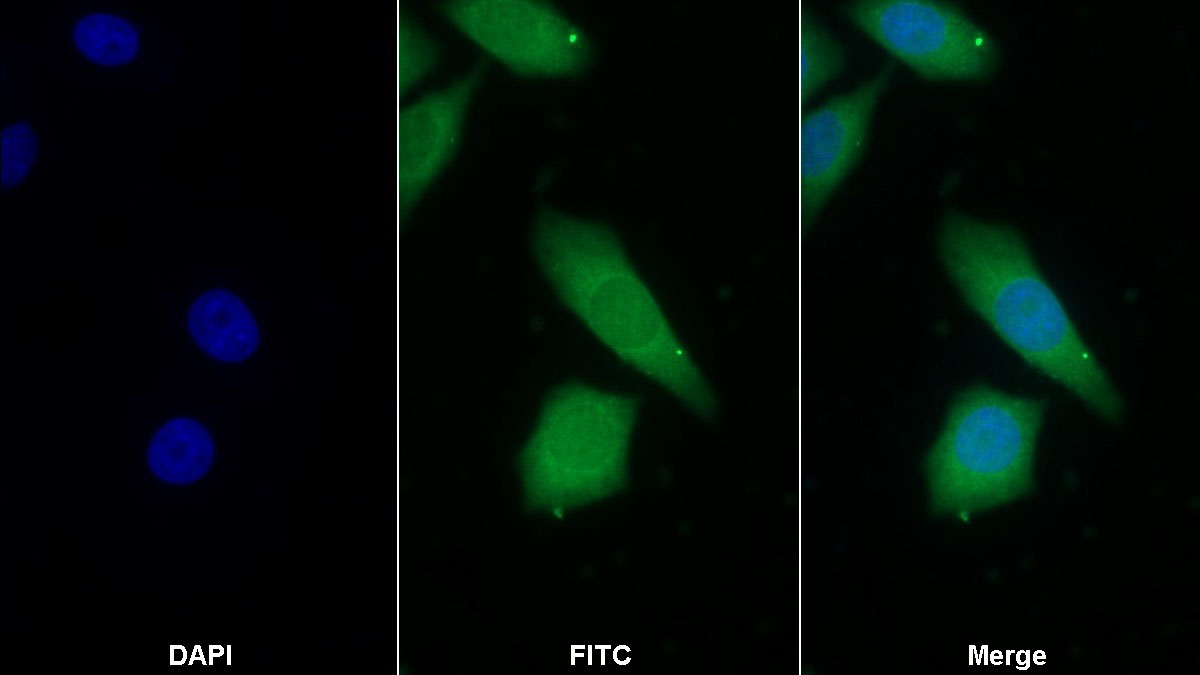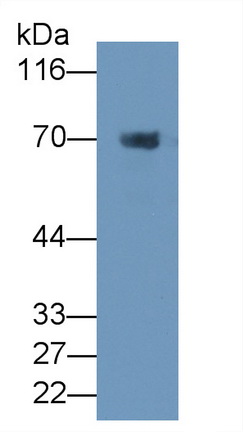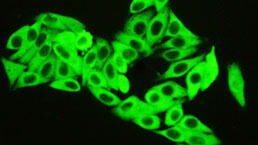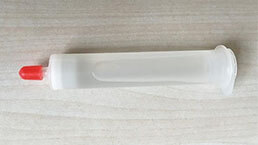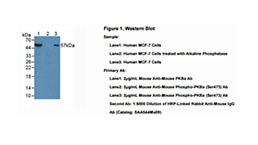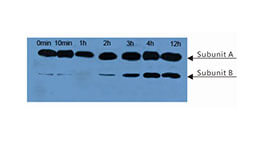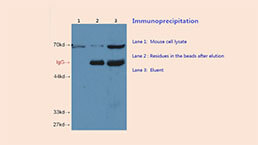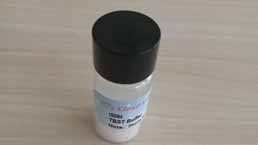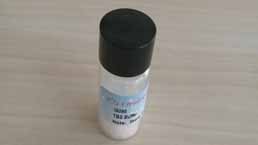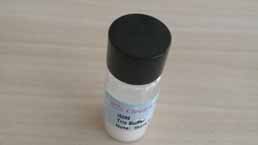Monoclonal Antibody to Prothrombin Fragment 1+2 (F1+2)
- Product No.MAA710Hu23
- Organism SpeciesHomo sapiens (Human) Same name, Different species.
- SourceMonoclonal antibody preparation
- HostMouse
- Potency (Clone Number)D1
- Ig Isotype IgG2b Kappa
- PurificationProtein A + Protein G affinity chromatography
- LabelNone
- Immunogen RPA710Hu01-Recombinant Prothrombin Fragment 1+2 (F1+2)
- Buffer Formulation0.01M PBS, pH7.4, containing 0.05% Proclin-300, 50% glycerol.
- TraitsLiquid
- Concentration1mg/mL
- Organism Species MoreRattus norvegicus (Rat)
- ApplicationsWB; IHC; ICC/IF
If the antibody is used in flow cytometry, please check FCM antibodies. - DownloadInstruction Manual
- UOM 20µl100µl 200µl 1ml 10ml
- FOB
US$ 171
US$ 398
US$ 569
US$ 1423
US$ 5690
For more details, please contact local distributors!
SPECIFITY
The antibody is a mouse monoclonal antibody raised against F1+2. It has been selected for its ability to recognize F1+2 in immunohistochemical staining and western blotting.
USAGE
Western blotting: 0.01-4µg/mL;
Immunohistochemistry: 5-20µg/mL;
Immunofluorescence: 5-30µg/mL;
Optimal working dilutions must be determined by end user.
STORAGE
Store at 4°C for frequent use. Stored at -20°C in a manual defrost freezer for two year without detectable loss of activity. Avoid repeated freeze-thaw cycles.
STABILITY
The thermal stability is described by the loss rate. The loss rate was determined by accelerated thermal degradation test, that is, incubate the protein at 37°C for 48h, and no obvious degradation and precipitation were observed. The loss rate is less than 5% within the expiration date under appropriate storage condition.
GIVEAWAYS
INCREMENT SERVICES
| Magazine | Citations |
| Critical Care | Disseminated intravascular coagulation or acute coagulopathy of trauma shock early after trauma? An observational study BioMed: cc10553 |
| Journal of Vascular Surgery | Changes in thrombin generation, fibrinolysis, platelet and endothelial cell activity, and inflammation following endovascular abdominal aortic aneurysm repair ScienceDirect: S0741521411018568 |
| Scandinavian Journal of Trauma, Resuscitation and Emergency Medicine | High levels of soluble VEGF receptor 1 early after trauma are associated with shock, sympathoadrenal activation, glycocalyx degradation and inflammation in severely injured patients: a prospective study Sjtrem:1757-7241 |
| Journal of Thrombosis and Haemostasis | High sCD40L levels early after trauma are associated with enhanced shock, sympathoadrenal activation, tissue and endothelial damage, coagulopathy and mortality Wiley: source |
| British Journal of Dermatology | Evaluation of autologous plasma skin test in patients with chronic idiopathic urticaria PubMed: 21910697 |
| Arteriosclerosis, Thrombosis, and Vascular Biology. | Diet Modulates Endogenous Thrombin Generation, A Biological Estimate of Thrombosis Risk, Independently of the Metabolic Status PubMed: 22859493 |
| Journal of Vascular Surgery | Medium-term effect of endovascular and open abdominal aortic aneurysm repair on thrombin generation and fibrinolysis PubMed: 23140799 |
| PLoS ONE | Markers of Thrombogenesis and Fibrinolysis and Their Relation to Inflammation and Endothelial Activation in Patients with Idiopathic Pulmonary Arterial Hypertension Plosone: Source |
| Journal of Vascular Surgery | Effect of endovascular and open abdominal aortic aneurysm repair on thrombin generation and fibrinolysis Pubmed: 23140799 |
| Haemetology | Clinical impact of factor V Leiden, prothrombin G20210A, and MTHFR C677T mutations among sickle cell disease patients of Central India Pubmed: 23992124 |
| Cogent Medicine | Study the association of adiponectin with inflammation and hypercoagulability in case of type 2 diabetic subjects with renal dysfunction Tandfonline:Source |
| Interact Cardiovasc Thorac Surg. | An ex vivo evaluation of blood coagulation and thromboresistance of two extracorporeal circuit coatings with reduced and full heparin dose Pubmed:24632424 |
| Perfusion | Ex vivo simulation of cardiopulmonary bypass with human blood for hemocompatibility testing PubMed: 26243277 |
| J Thromb Haemost | Comparison of the Effect of Dabigatran and Dalteparin on Thrombus Stability in a Murine Model of Venous Thromboembolism PubMed: 26514101 |
| Acta Oncologica Turcica | Thrombin activatable fibrinolysis inhibitor (TAFI), tissue factor pathway inhibitor (TFPI), and prothrombin fragment 1+2 levels in patients with advanced colorectal cancer aot:AOT_49_1_6_12.pdf |
| Advances in Medical Sciences | Perioperative thrombocytopenia predicts poor outcome in patients undergoing transcatheter aortic valve implantation pubmed:29145170 |
| Thrombosis Research | The causes of thrombocytopenia after transcatheter aortic valve implantation pubmed:28582640 |
| Acta Haematologica | Elevations of Thrombotic Biomarkers in Hemoglobin H Disease Pubmed:29402840 |
| Journal of Neurotrauma | The cerebral thrombin system is activated after intracerebral hemorrhage and contributes to secondary lesion growth and poor neurological outcome in C57Bl/6 mice Pubmed: 31830857 |
| Indian Journal of Public Health Research & Development | Enhanced Fibrin-Lysis in Grade-1 Dengue Haemorrhagic Fever |
| Rheumatol Int | The impact of anti-endothelial cell antibodies (AECAs) on the development of blood vessel damage in patients with systemic lupus erythematosus: the preliminary … Pubmed:35284968 |


